Home>Gardening & Outdoor>Plant Care & Gardening Tips>What Color Mums Go Together
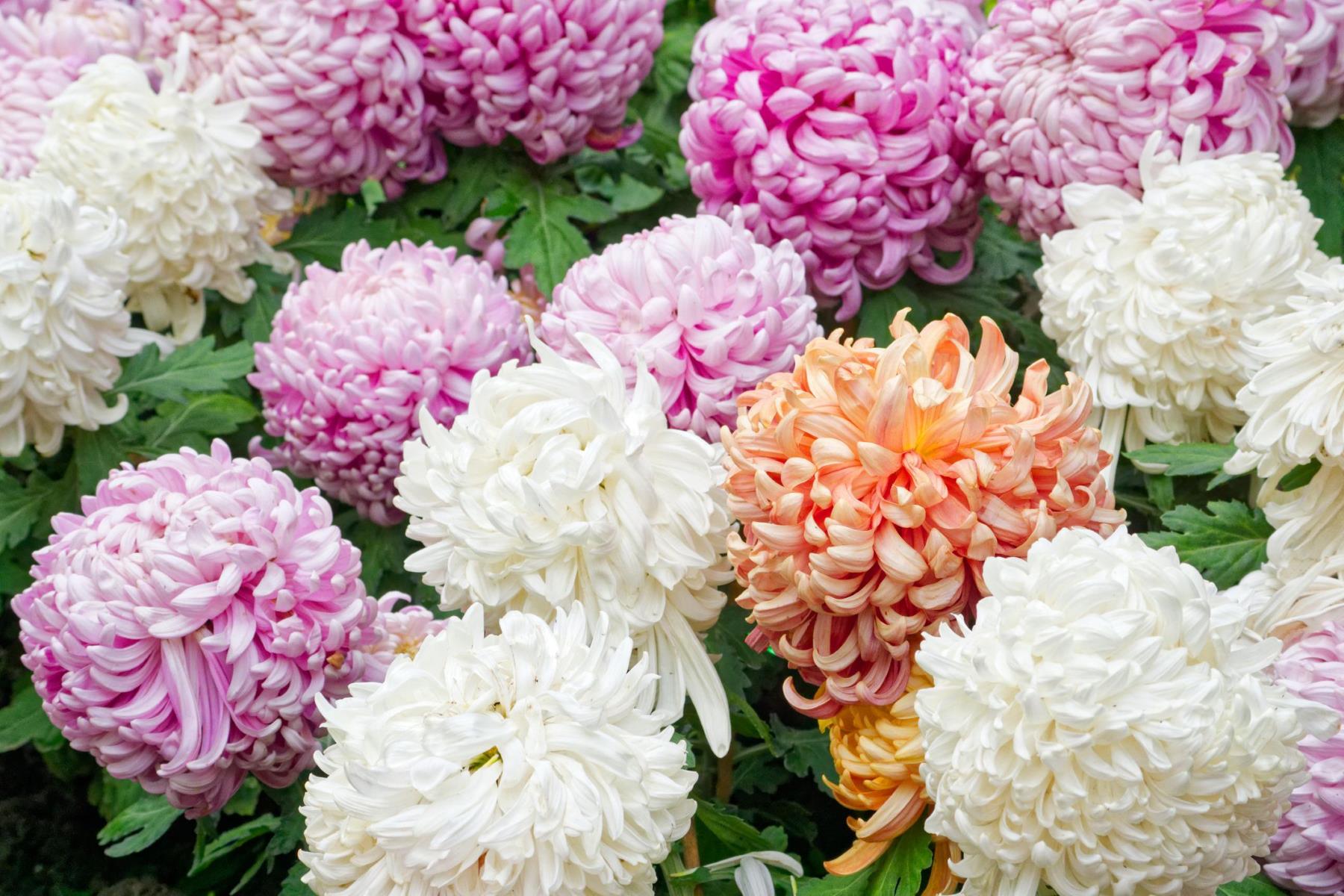

Plant Care & Gardening Tips
What Color Mums Go Together
Modified: September 2, 2024
Discover expert plant care and gardening tips for creating stunning color combinations with mums. Learn which colors go together to enhance your garden's beauty.
(Many of the links in this article redirect to a specific reviewed product. Your purchase of these products through affiliate links helps to generate commission for Storables.com, at no extra cost. Learn more)
Introduction
When it comes to creating a stunning display of mums in your garden or home, understanding how to pair different colors together can make all the difference. The vibrant hues of mums can bring a burst of life and energy to any space, but knowing which colors work harmoniously together can elevate the visual impact to a whole new level. Whether you're a seasoned gardener or just starting to explore the world of floral arrangements, mastering the art of combining mum colors can unlock a world of creative possibilities.
In this comprehensive guide, we will delve into the fascinating realm of color theory and its application to mum pairings. From understanding the basics of color combinations to exploring the nuances of complementary and contrasting hues, we will equip you with the knowledge and inspiration to curate captivating displays of mums. Additionally, we will uncover the secrets of creating monochromatic arrangements that exude elegance and sophistication.
By the end of this journey, you will be empowered to confidently experiment with various mum color combinations, infusing your garden or living space with a symphony of captivating hues. So, let's embark on this colorful adventure and unlock the potential of mums in a way that transcends the ordinary.
Key Takeaways:
- Pairing mums in complementary and contrasting colors creates vibrant and dynamic displays, adding energy and visual intrigue to any space. Understanding color theory and experimenting with different hues can unlock endless creative possibilities.
- Crafting monochromatic displays of mums offers a timeless and elegant approach, evoking harmony and sophistication. By exploring variations of a single color, you can create visually captivating arrangements that exude refined beauty.
Read more: How Do I Know What Colors Go Together?
Understanding Color Theory
Color theory is the foundation of creating visually appealing combinations of hues, and understanding its principles is essential for harmoniously pairing mum colors. At its core, color theory explores the relationships between different colors and how they interact with one another. By familiarizing ourselves with the basic concepts of color theory, we can unlock the potential to create captivating displays of mums that evoke a range of emotions and atmospheres.
The color wheel serves as a fundamental tool in comprehending color theory. It consists of primary colors (red, blue, and yellow), secondary colors (orange, green, and purple), and tertiary colors (such as red-orange and blue-green), which are formed by mixing primary and secondary colors. This arrangement provides a visual representation of how colors relate to one another and serves as a guide for creating harmonious combinations.
In the context of mums, understanding the distinctions between warm and cool colors is particularly valuable. Warm colors, including reds, oranges, and yellows, exude energy and vibrancy, while cool colors such as blues, greens, and purples evoke a sense of calm and tranquility. By incorporating this knowledge, we can strategically craft mum arrangements that convey specific moods and atmospheres.
Furthermore, the concept of color harmony is pivotal in color theory. It encompasses various color schemes, such as complementary, analogous, and monochromatic. Complementary colors, positioned opposite each other on the color wheel (e.g., red and green, yellow and purple), create dynamic and visually striking combinations. Analogous colors, found adjacent to each other on the color wheel (e.g., red, orange, and yellow), offer a sense of cohesion and subtle contrast. Monochromatic schemes involve variations of a single color, offering a sophisticated and unified aesthetic.
By grasping the principles of color theory, we gain the ability to harness the emotional and visual impact of different color combinations. This knowledge forms the bedrock for selecting and pairing mum colors in a way that captivates the eye and stirs the soul. As we delve deeper into the art of combining mums in various hues, the insights gleaned from color theory will serve as our guiding light, empowering us to create captivating displays that celebrate the beauty of nature's palette.
Choosing Complementary Colors
When it comes to creating visually impactful displays of mums, understanding the concept of complementary colors is pivotal. Complementary colors are pairs of hues that, when combined, intensify each other, creating a vibrant and dynamic visual contrast. In the context of mums, strategically selecting complementary colors can elevate the overall aesthetic and draw attention to the beauty of each bloom.
On the color wheel, complementary colors are positioned opposite each other, such as red and green, yellow and purple, or blue and orange. When these pairs are combined in a mum arrangement, they create a sense of balance and harmony while infusing the display with a captivating energy.
For instance, pairing deep purple mums with vibrant yellow ones can create a striking visual impact. The rich, regal tones of the purple mums are accentuated by the cheerful vibrancy of the yellow blooms, resulting in a display that commands attention and exudes a sense of dynamic equilibrium.
Similarly, combining red mums with lush green foliage can create a visually arresting composition. The bold, passionate red hues of the mums are complemented by the verdant green backdrop, forming a harmonious interplay of warmth and freshness.
By strategically choosing complementary colors for mum arrangements, we can harness the power of color contrast to create captivating displays that evoke a sense of vitality and visual intrigue. Whether adorning a garden or enhancing an indoor space, the thoughtful selection of complementary mum colors can transform any setting into a vibrant tapestry of natural beauty.
In the next section, we will explore the art of pairing mums with contrasting colors, delving into the captivating effects that arise from skillfully juxtaposing hues that stand in stark differentiation.
Pairing Mums with Contrasting Colors
Pairing mums with contrasting colors offers a captivating approach to creating visually dynamic displays that command attention and evoke a sense of boldness. Contrasting colors, positioned apart on the color wheel, create a striking visual impact when combined, infusing arrangements with a sense of drama and vibrancy.
One compelling way to harness the power of contrasting colors in mum pairings is by combining deep purple mums with bright orange blooms. The rich, royal tones of the purple mums stand in stark contrast to the fiery, energetic hues of the orange flowers, resulting in a display that exudes a captivating intensity. This juxtaposition of colors creates a visual interplay that ignites the senses and infuses the surroundings with a burst of energy.
Another striking combination involves pairing vibrant yellow mums with deep, velvety red blooms. The cheerful, sunny disposition of the yellow mums contrasts dramatically with the passionate, intense red hues, creating a display that radiates warmth and vitality. This bold intermingling of colors captures the eye and imbues the space with a sense of spirited elegance.
Furthermore, the juxtaposition of white mums with rich, dark purple flowers offers a contrasting pairing that exudes a sense of timeless sophistication. The purity and serenity of the white mums stand in stark relief against the deep, majestic purples, creating a display that emanates a refined allure and understated glamour.
By skillfully pairing mums with contrasting colors, we can create arrangements that transcend the ordinary, infusing spaces with a sense of drama and visual intrigue. Whether adorning a garden, embellishing a living space, or adorning a special event, the artful juxtaposition of contrasting mum colors can transform any setting into a captivating tapestry of natural beauty.
In the next section, we will delve into the art of creating monochromatic displays of mums, exploring the timeless elegance and understated allure that arise from harmonizing variations of a single hue.
When choosing colors of mums to go together, consider using complementary colors like purple and yellow, or analogous colors like red, orange, and yellow for a harmonious look. Avoid using too many contrasting colors to prevent a chaotic appearance.
Creating a Monochromatic Display
Crafting a monochromatic display of mums offers a timeless and elegant approach to showcasing the beauty of these vibrant blooms. A monochromatic color scheme involves utilizing variations of a single color, creating a sense of harmony, sophistication, and understated allure. When applied to mum arrangements, this approach can result in visually captivating displays that exude a sense of refined elegance.
One captivating way to create a monochromatic display of mums is by selecting a single hue, such as varying shades of pink, and arranging mums in different tones within that spectrum. For example, combining soft pastel pink mums with deeper, richer shades of pink can result in a display that emanates a delicate and enchanting ambiance. This harmonious interplay of pink hues creates a visual symphony that captivates the eye and evokes a sense of graceful beauty.
Similarly, curating a monochromatic display featuring an array of white mums can exude a sense of purity, serenity, and timeless sophistication. By incorporating different varieties of white mums, ranging from pure white to creamy ivory, the arrangement can evoke a tranquil and ethereal atmosphere. The subtle variations within the monochromatic palette add depth and nuance to the display, resulting in a composition that radiates an understated yet captivating charm.
Additionally, exploring the rich spectrum of yellow mums can lead to the creation of a monochromatic display that exudes warmth, cheerfulness, and radiant elegance. By incorporating varying shades of yellow, from soft buttery tones to deep golden hues, the arrangement can infuse the surroundings with a sense of sunny vibrancy and uplifting energy. The cohesive nature of the monochromatic scheme allows for a seamless blending of hues, resulting in a display that emanates a captivating and harmonious allure.
By embracing the art of creating monochromatic displays of mums, we can unlock the potential to infuse spaces with a sense of timeless elegance and visual harmony. Whether adorning a garden, embellishing a living space, or enhancing a special occasion, the understated beauty of monochromatic mum arrangements can transform any setting into a captivating tapestry of natural splendor.
Read more: What Colours Go Together In A Living Room
Tips for Arranging Mums in Different Colors
Arranging mums in different colors offers a canvas of creative possibilities, allowing you to curate captivating displays that celebrate the diverse beauty of these vibrant blooms. Whether you're adorning a garden, embellishing a living space, or preparing for a special event, the art of arranging mums in various hues can elevate the visual impact and infuse the surroundings with a symphony of captivating colors. Here are some expert tips to guide you in creating stunning arrangements of mums in different colors:
-
Consider the Surrounding Environment: When arranging mums in different colors, take into account the surrounding environment and the existing color palette. Whether it's a garden landscape or an indoor setting, harmonizing the mum colors with the surroundings can create a cohesive and visually pleasing display.
-
Balance Vibrancy and Subtlety: Experiment with a balance of vibrant and subtle hues to create dynamic contrasts within the arrangement. Pairing bold, vibrant mums with softer, more delicate colors can add depth and visual interest to the display.
-
Explore Textural Variations: Incorporate mums with diverse textures and petal shapes to enhance the visual appeal of the arrangement. Combining fluffy, pom-pom mums with daisy-like blooms or intricate spider mums can create a visually captivating composition that showcases the unique characteristics of each variety.
-
Utilize Foliage as a Complement: Integrate foliage, such as lush greenery or variegated leaves, to complement the hues of the mums. The strategic placement of foliage can accentuate the colors of the mums and add a layer of depth and dimension to the arrangement.
-
Create Visual Flow: Arrange mums in a way that creates a visual flow and sense of movement within the display. Consider the height, shape, and color distribution of the mums to achieve a harmonious composition that guides the eye and captivates the viewer.
-
Embrace Seasonal Inspirations: Draw inspiration from the changing seasons and incorporate seasonal color palettes into your mum arrangements. Whether it's the warm, earthy tones of autumn or the vibrant pastels of spring, aligning the mum colors with the season can evoke a sense of natural beauty and seasonal charm.
-
Experiment with Color Ratios: Play with different color ratios to achieve the desired visual impact. Whether it's a balanced mix of complementary colors or a dominant display of a single hue with subtle accents, adjusting the color ratios can create diverse visual effects.
By applying these expert tips, you can embark on a creative journey of arranging mums in different colors, infusing your surroundings with a tapestry of captivating hues and natural beauty. Whether you're aiming for a bold and vibrant display or a subtle and harmonious arrangement, the art of combining mums in various colors offers endless opportunities for creative expression and visual enchantment.
Conclusion
In the colorful tapestry of gardening and floral arrangements, the art of pairing mums in different hues opens a world of creative possibilities. As we conclude this journey through the captivating realm of mum colors, it becomes evident that the harmonious interplay of vibrant hues can transform any space into a visual symphony of natural beauty.
By delving into the principles of color theory and understanding the nuances of complementary, contrasting, and monochromatic schemes, we have unraveled the secrets of creating visually captivating displays of mums. The strategic selection and pairing of mum colors can evoke a range of emotions, from the dynamic energy of complementary combinations to the understated elegance of monochromatic arrangements.
As we reflect on the expert tips for arranging mums in different colors, we are equipped with the knowledge to curate displays that harmonize with their surroundings, balance vibrancy and subtlety, and embrace the seasonal inspirations that nature offers. The artful integration of foliage, textural variations, and visual flow further enriches the process of creating captivating mum arrangements that captivate the eye and stir the soul.
Ultimately, the beauty of pairing mums in different colors lies in the boundless opportunities for creative expression and the ability to infuse spaces with a sense of natural splendor. Whether adorning a garden, enhancing an indoor setting, or preparing for a special occasion, the art of combining mums in various hues allows us to celebrate the diverse beauty of nature's palette and create displays that resonate with vitality and visual allure.
As you embark on your own colorful journey of pairing mums in different hues, may this guide serve as a source of inspiration and empowerment. Embrace the vibrant possibilities that mum colors offer, and let your creativity bloom as you curate stunning displays that celebrate the captivating beauty of mums in all their colorful glory.
Frequently Asked Questions about What Color Mums Go Together
Was this page helpful?
At Storables.com, we guarantee accurate and reliable information. Our content, validated by Expert Board Contributors, is crafted following stringent Editorial Policies. We're committed to providing you with well-researched, expert-backed insights for all your informational needs.
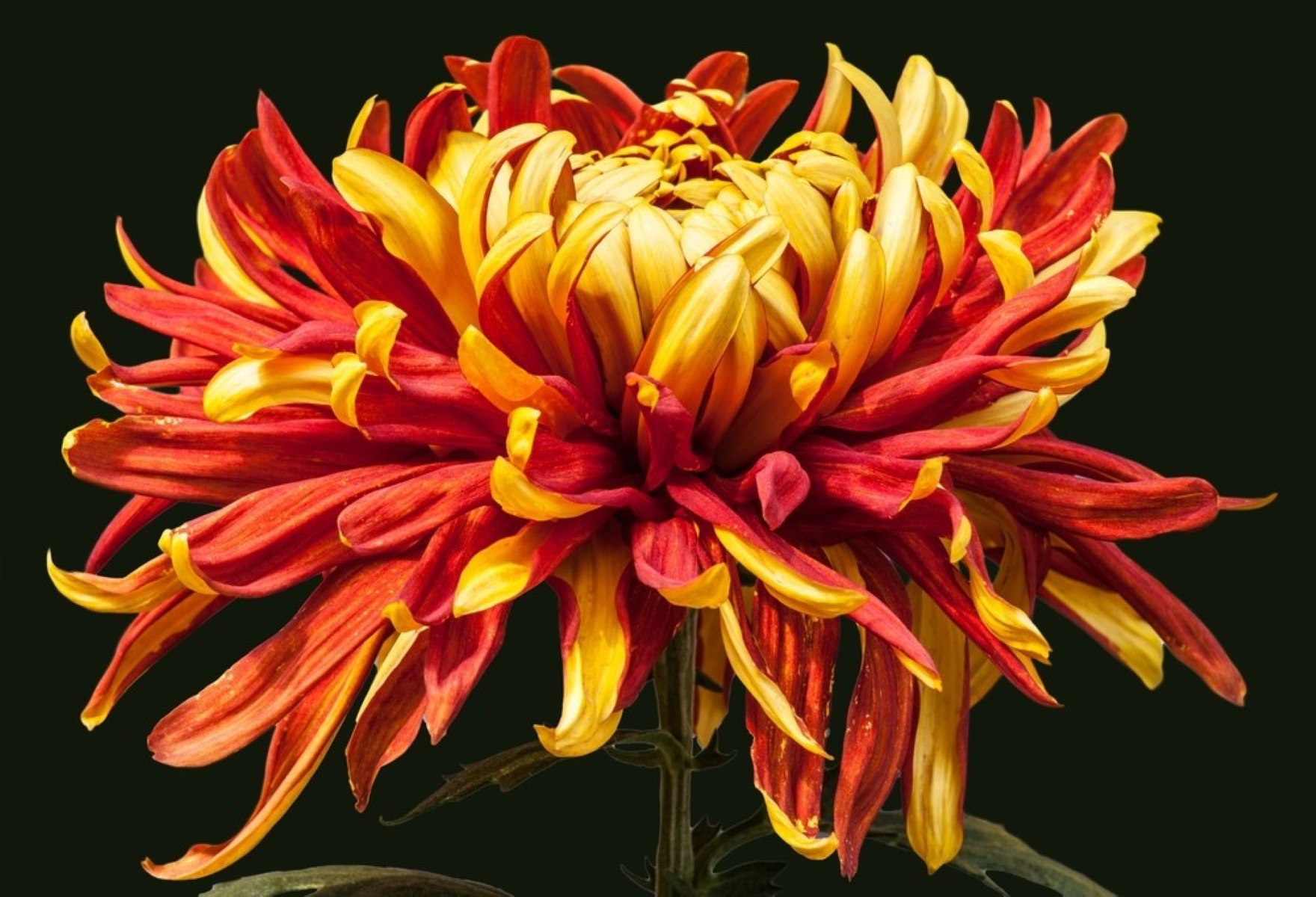
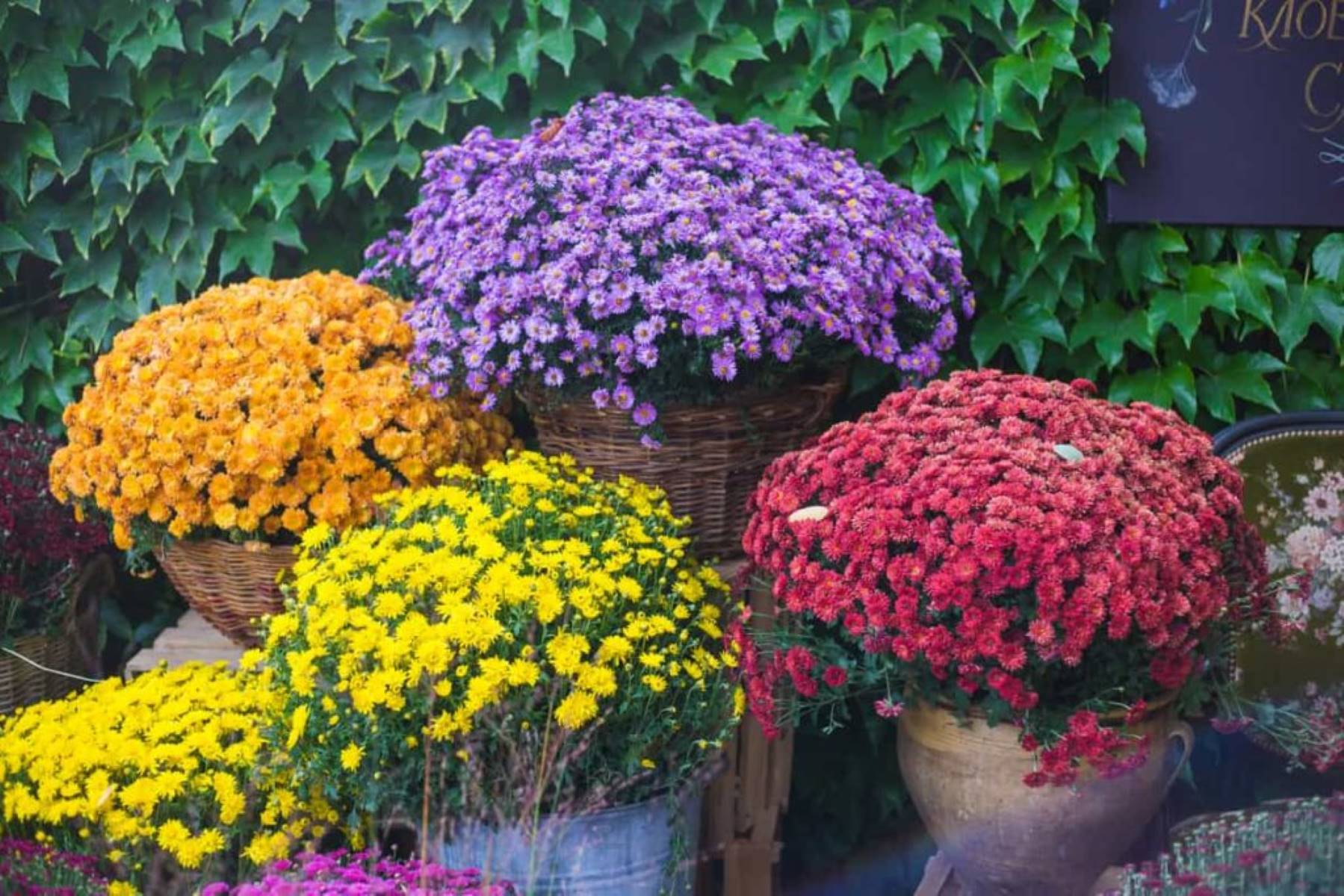

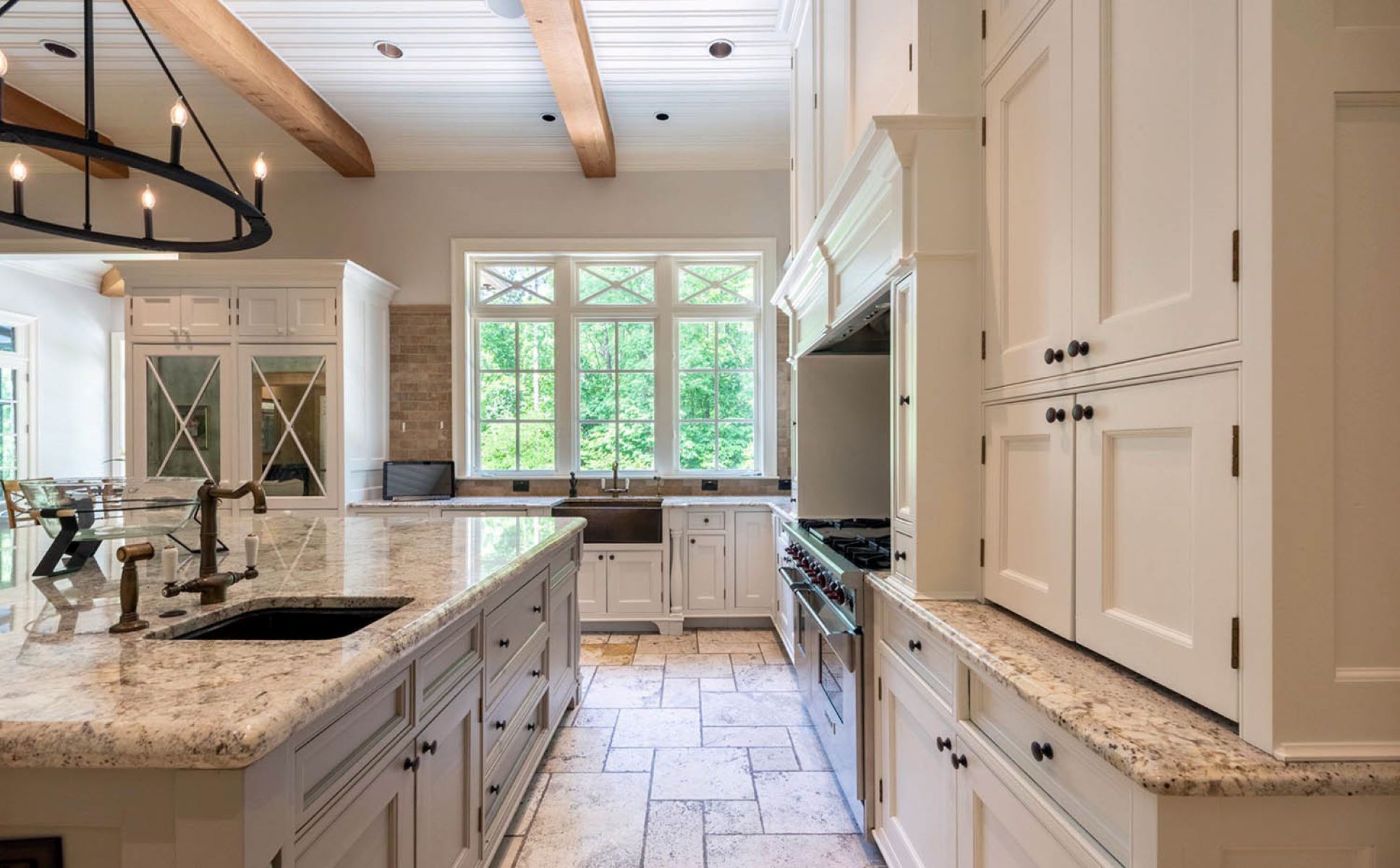
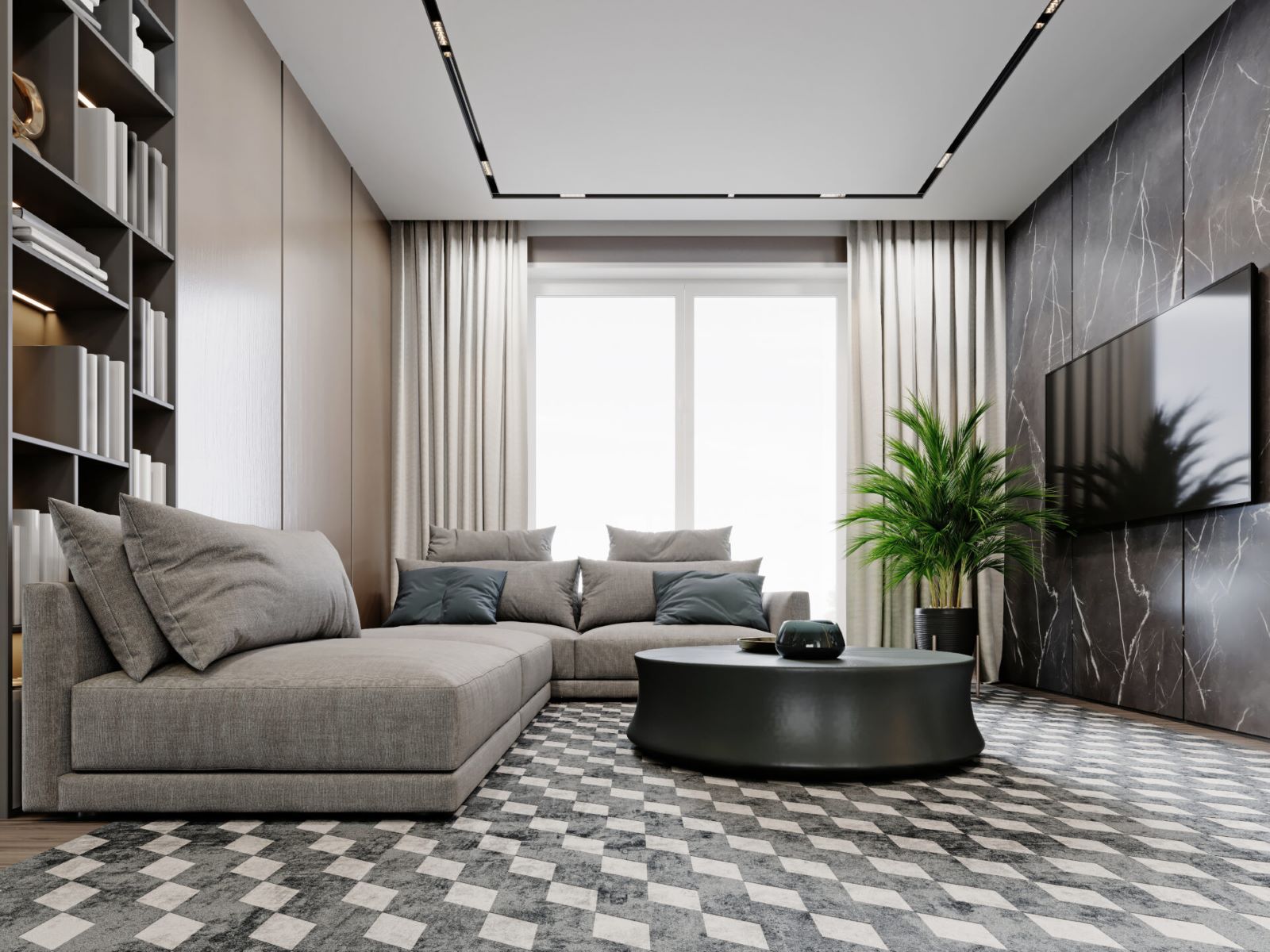
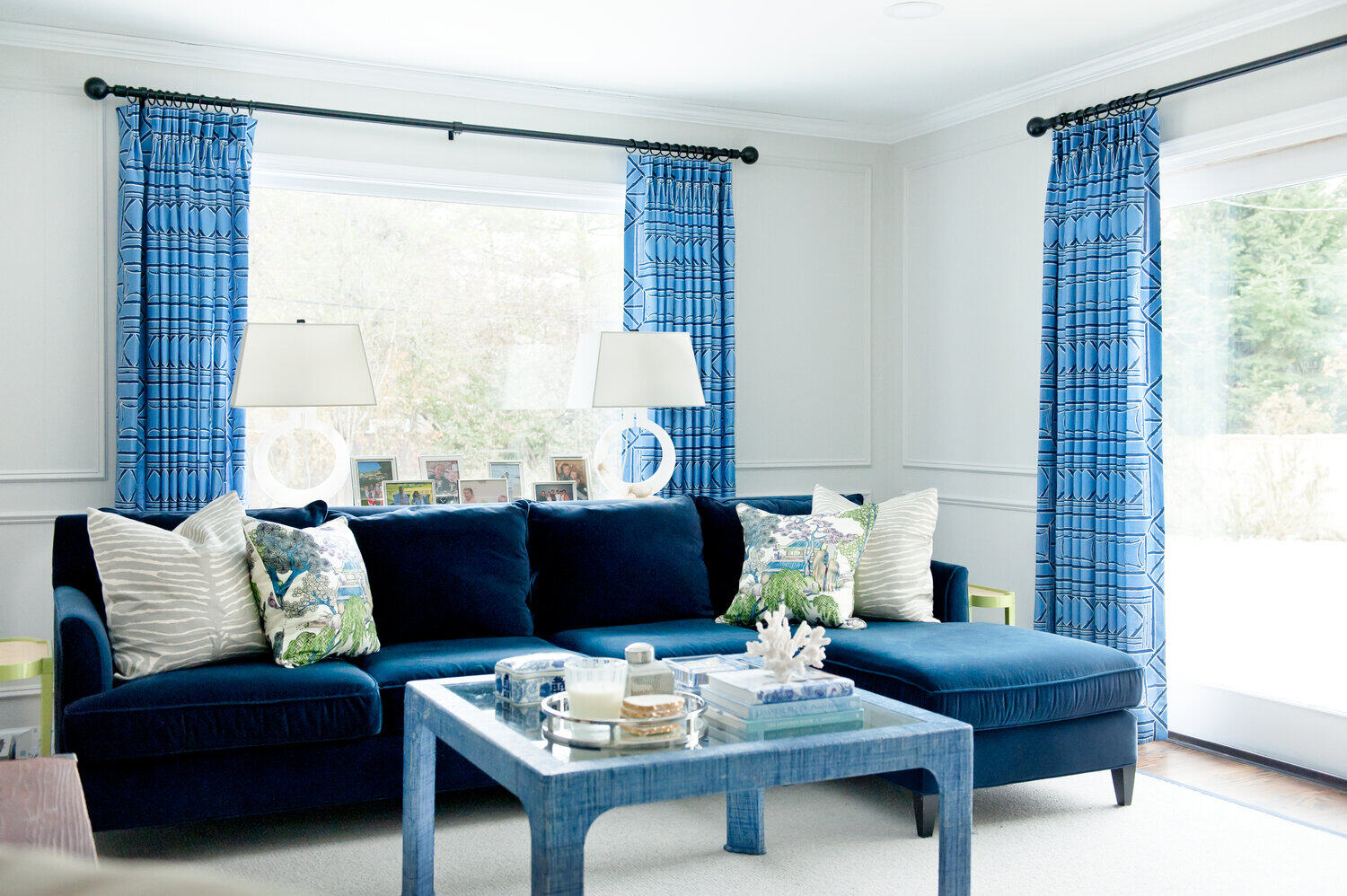
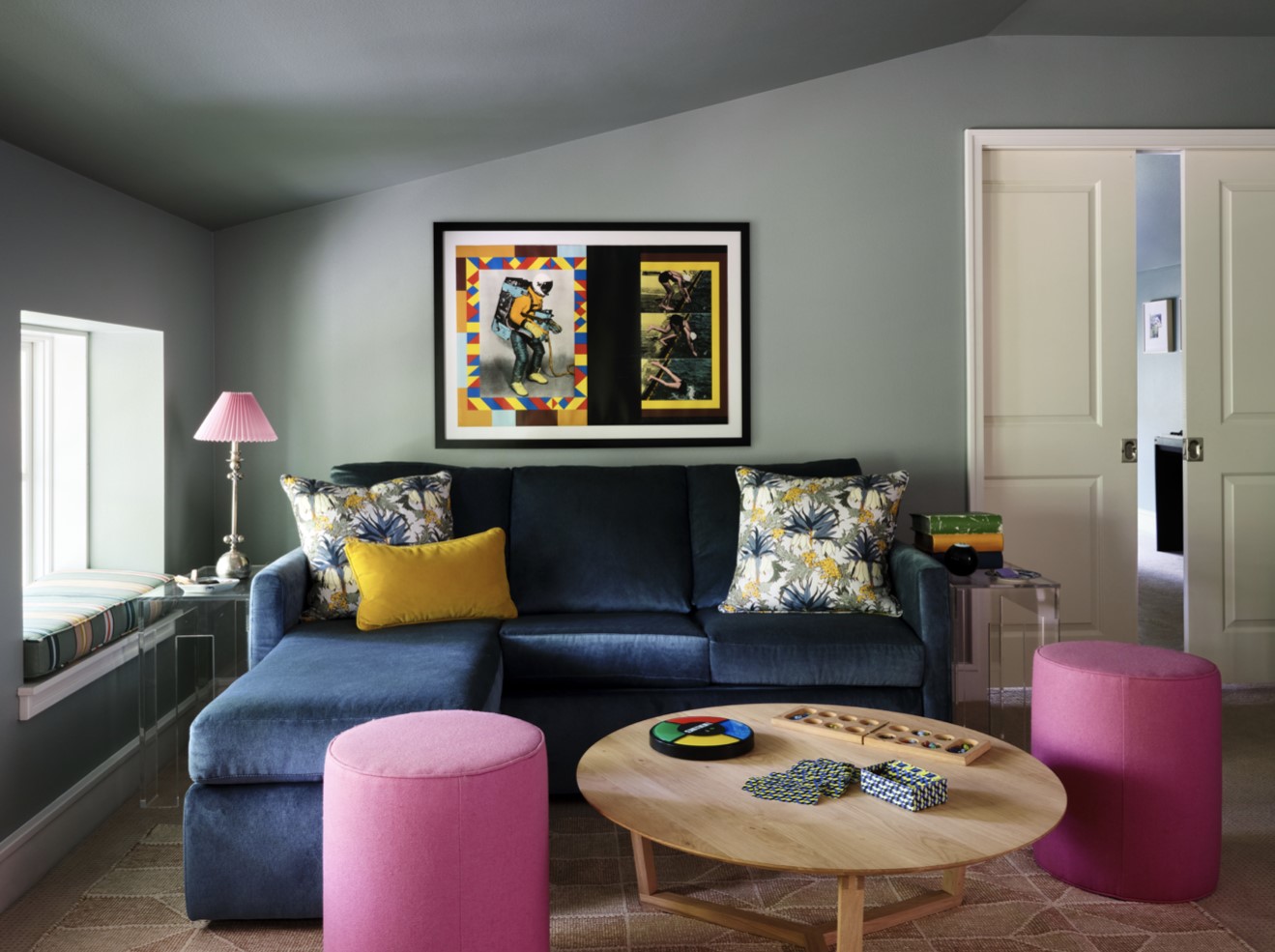
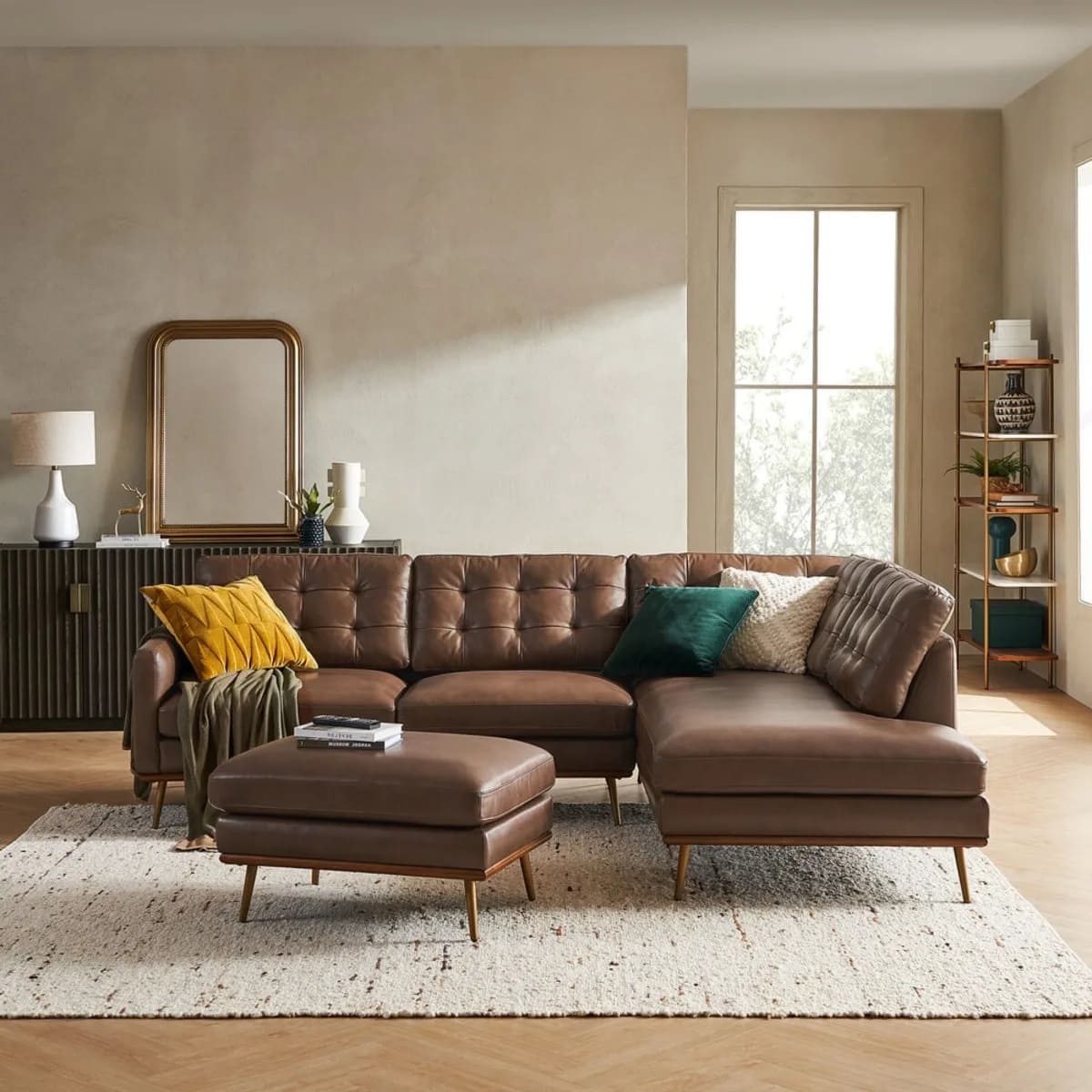
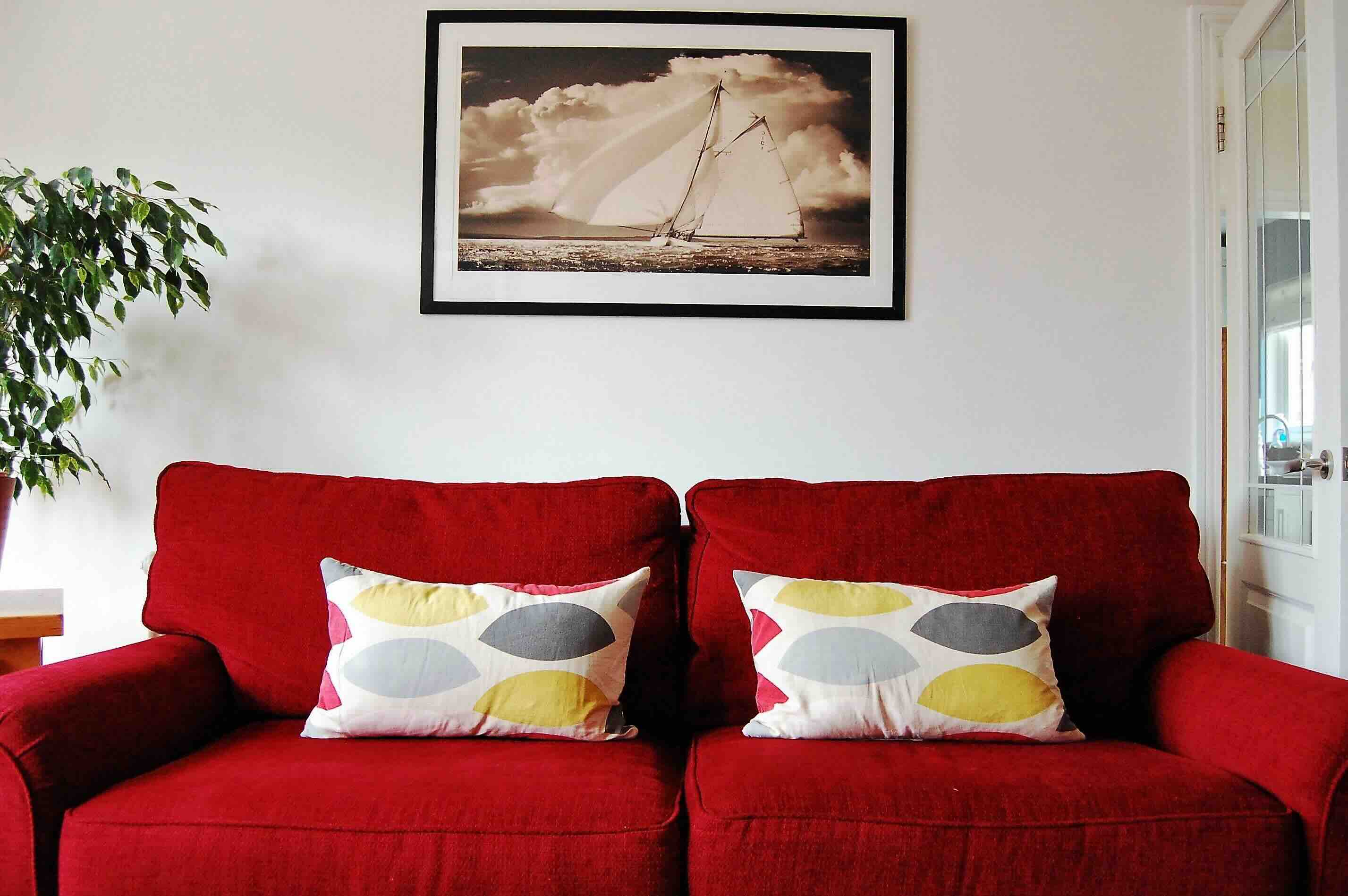
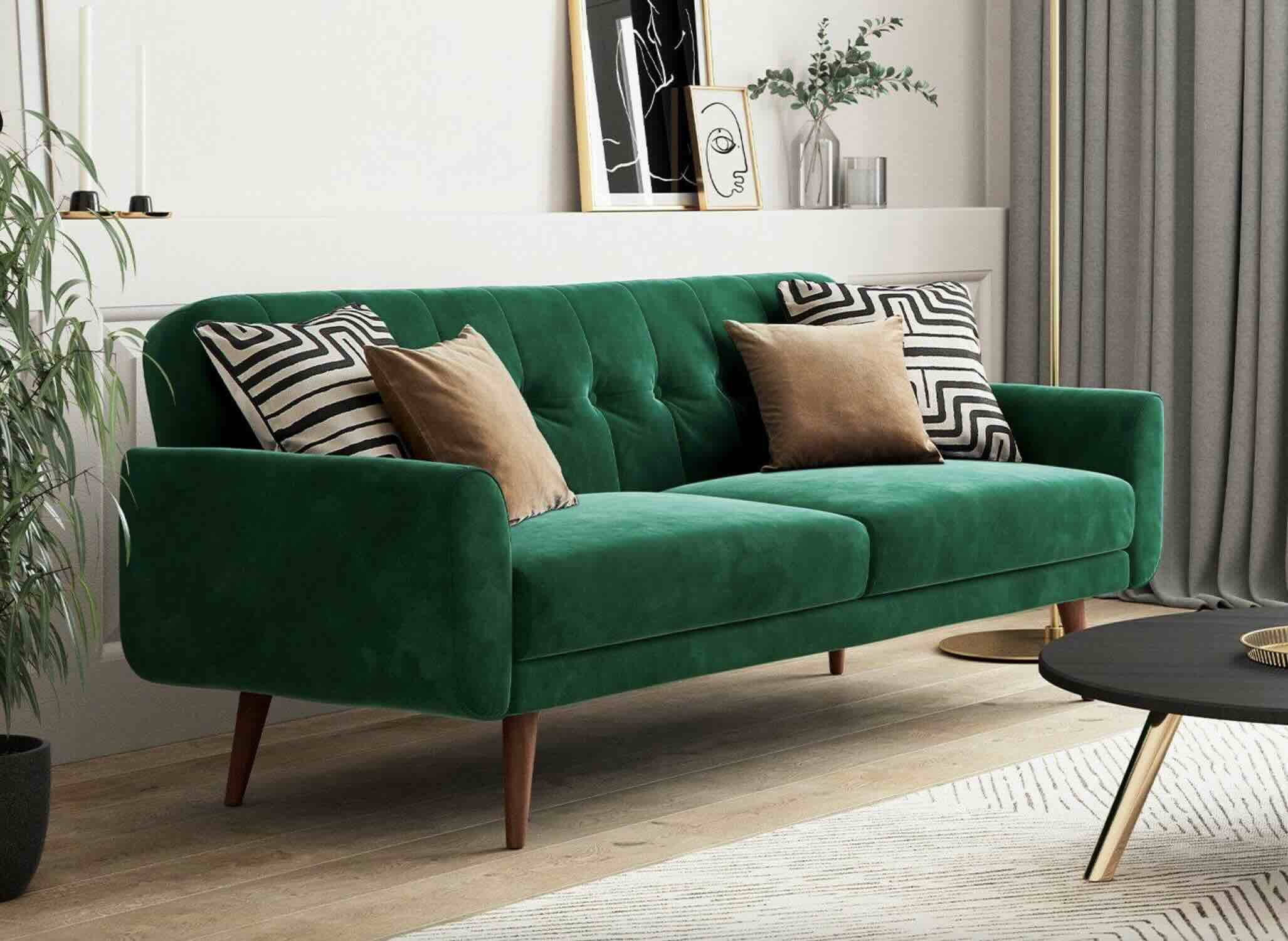
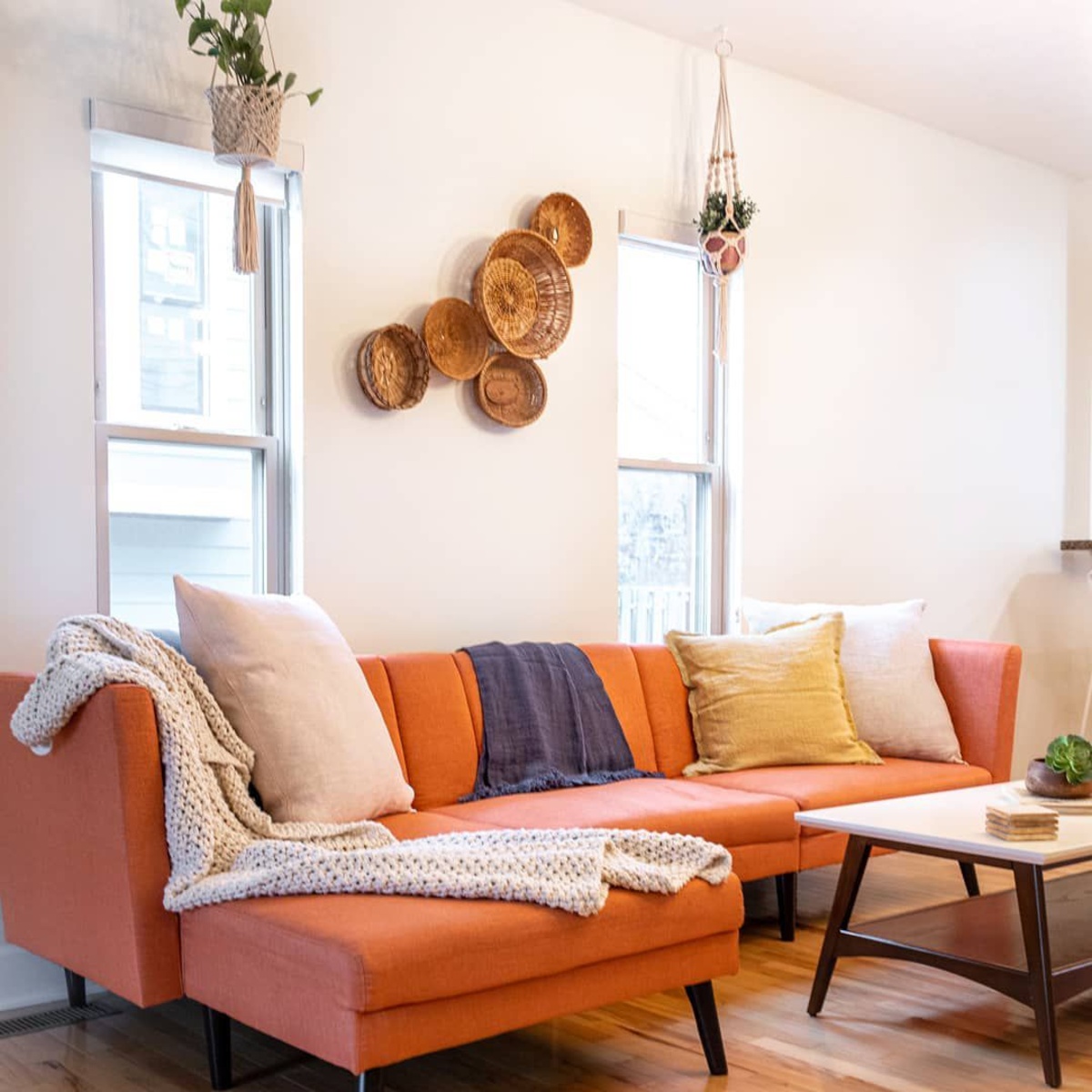
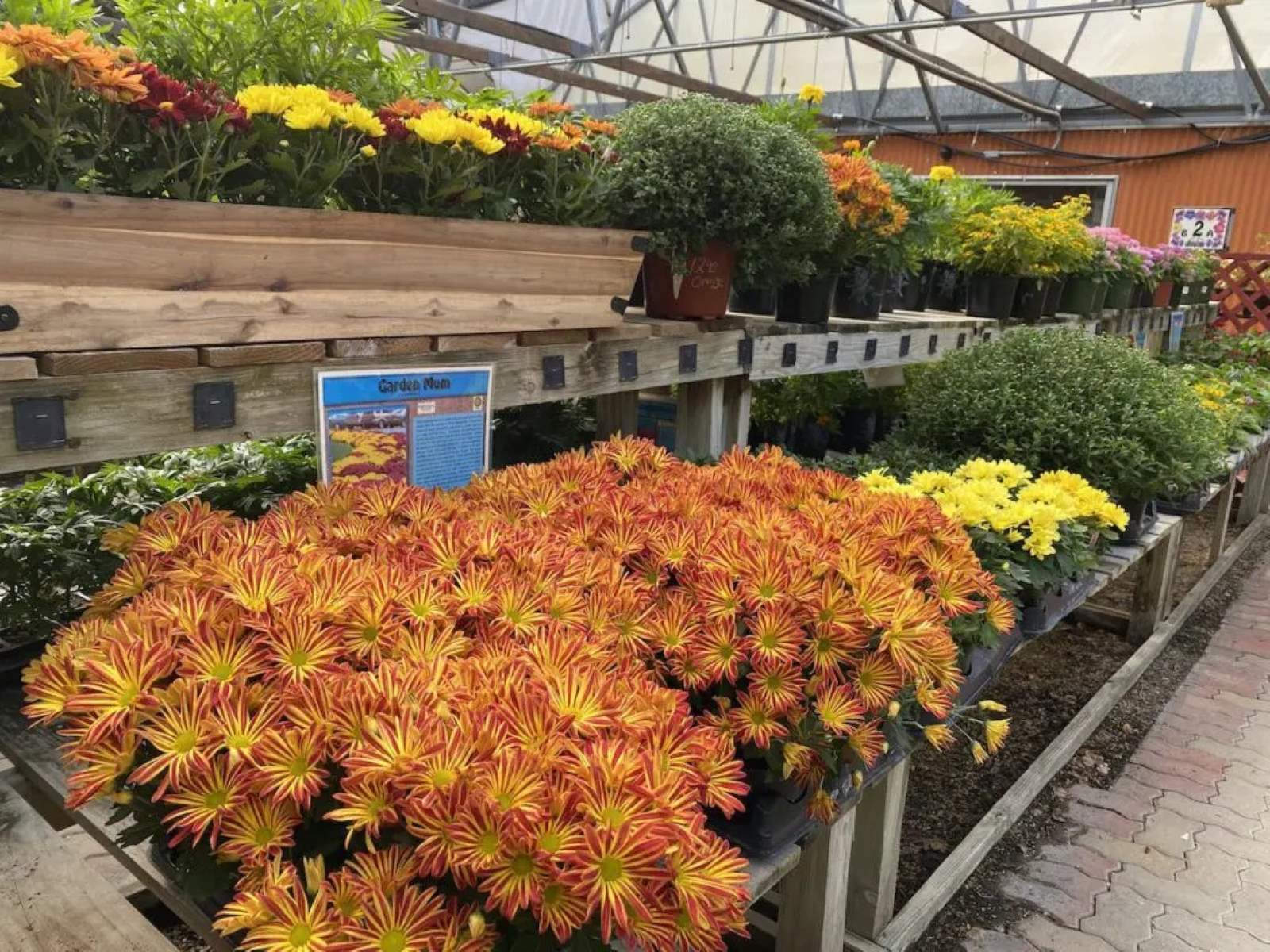
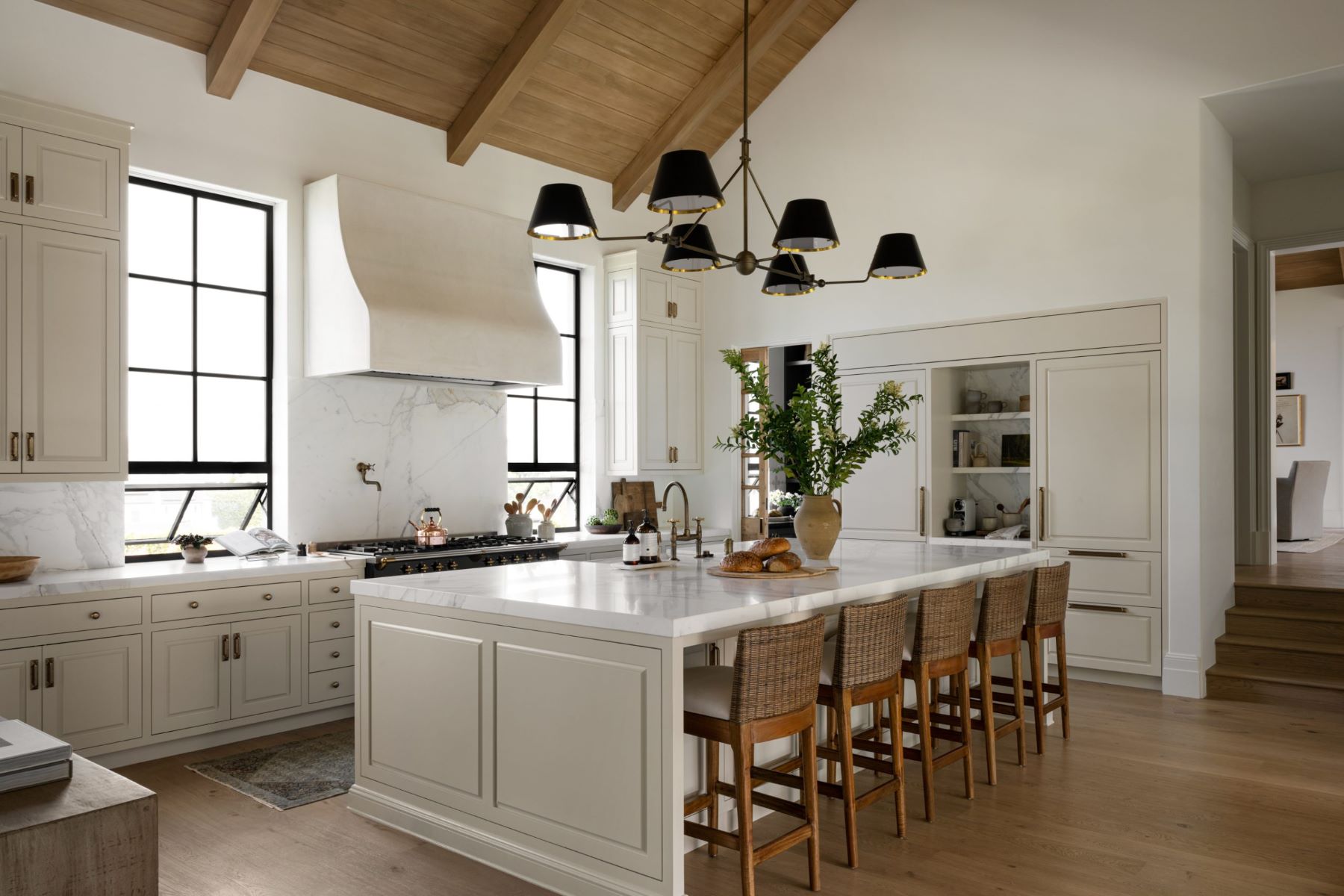
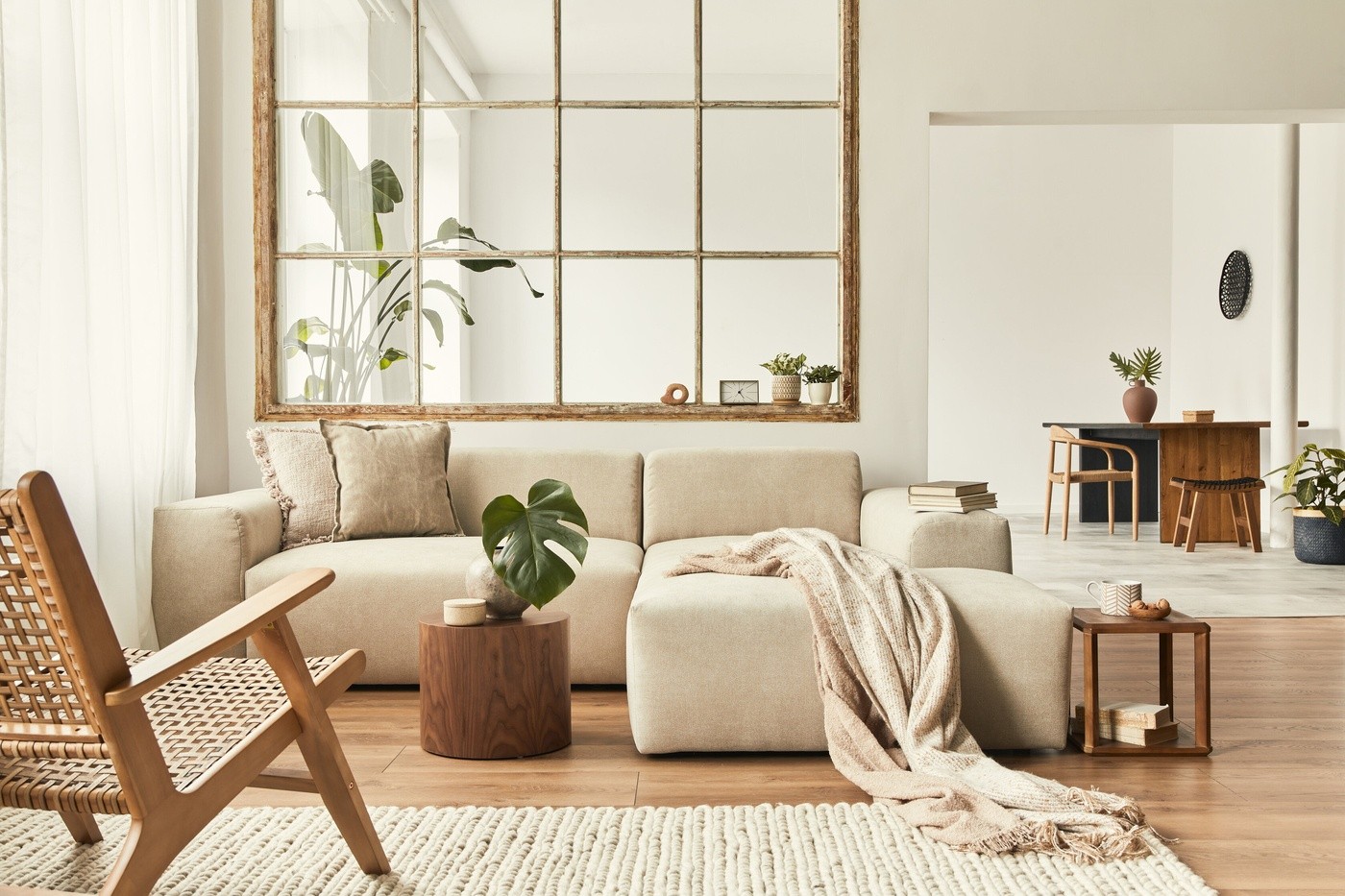

0 thoughts on “What Color Mums Go Together”